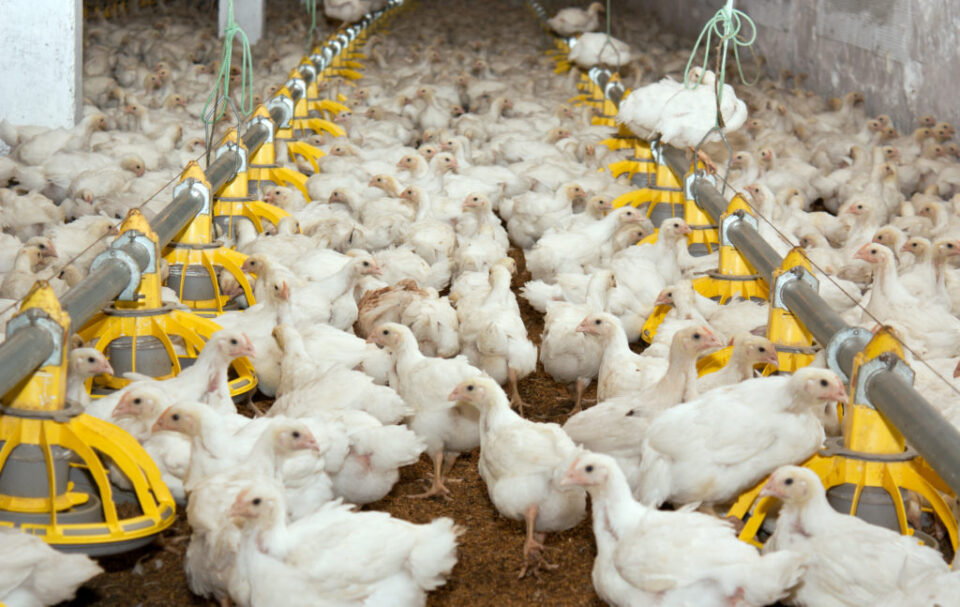Africa’s poultry sector is growing rapidly, driven by rising demand for affordable and nutritious protein. Yet for many smallholder farmers, challenges such as limited access to quality inputs, weak extension services, and poor market linkages remain major barriers.
To tackle these issues, the Africa Poultry Multiplication Initiative (APMI) is reshaping how poultry production and distribution are managed across the continent. The model ensures that everyone in the value chain—commercial partners, local brooder units, and smallholder farmers—benefits from a stronger, more sustainable system.
In Zimbabwe, this vision has been brought to life through organizations such as Hamara Farmer. Brendon, a company representative, explains that the model goes far beyond profitability: it transforms rural livelihoods. By making poultry farming more accessible and rewarding, farmers are boosting their incomes while gaining confidence and independence.
Brooder Units: A Game-Changer
At the heart of the APMI model are Brooder Units. These facilities serve as a critical link between commercial hatcheries and smallholder farmers, supplying healthy, well-managed chicks with higher survival rates. This reduces the common losses associated with weak or poorly handled chicks, allowing even small-scale farmers to achieve consistent production.
Profitability and Livelihoods
With stronger birds and better management practices, farmers generate steady cash flow from poultry sales. These earnings are often reinvested into farms or households, covering essentials such as school fees, healthcare, and daily living needs. Poultry farming, therefore, becomes more than a business—it becomes a tool for community development and resilience.
Strengthening Partnerships
The APMI model also fosters collaboration across the poultry ecosystem. Commercial partners benefit from a reliable base of smallholder producers, while farmers gain access to better inputs, technical support, and secure buyers. This balanced system reduces risks for all stakeholders and encourages more participation in the sector.
Driving Food Security and Nutrition
Beyond economics, poultry farming directly addresses food security. Eggs and chicken are affordable, high-quality protein sources, essential for tackling malnutrition in rural areas. With greater production, families can improve their diets while selling surplus to local markets.
Shared Value Across the Chain
The success of APMI lies in shared value creation. From hatcheries to brooder units to farmers, each link in the chain benefits from improved systems and stronger profitability. Zimbabwe’s experience proves how poultry farming—when supported by innovative models—can empower farmers, build resilient food systems, and uplift entire communities.



